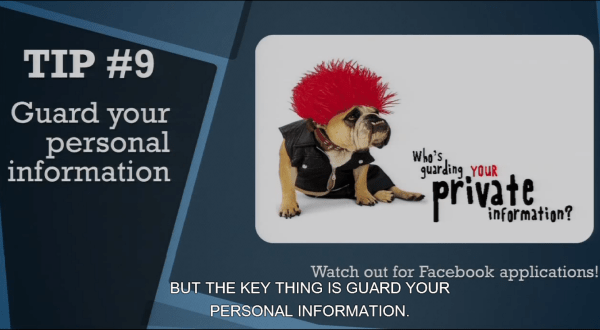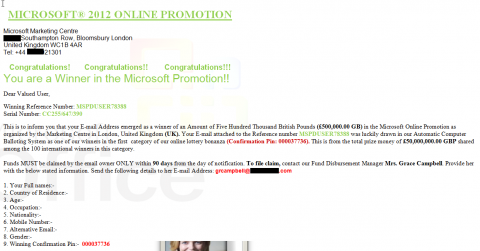More on Security and Google Tips from @benwoelk and @careersherpa #stcpmc13 | ed marsh dot com
Category:Bulletproofing,Cyberstalking,Facebook,Information Security,Infosec Communicator,Internet Safety,mobile device,password,Privacy,Risk,Social Networking,techcommMore on Security and Google Tips from @benwoelk and @careersherpa #stcpmc13 | ed marsh dot com.
Ed Marsh’s review of our Bulletproofing Your Career Online Keynote and Workshop at the STC Philly Metro’s Mid Atlantic Technical Communication Conference in March 2013.
Thanks Ed!















